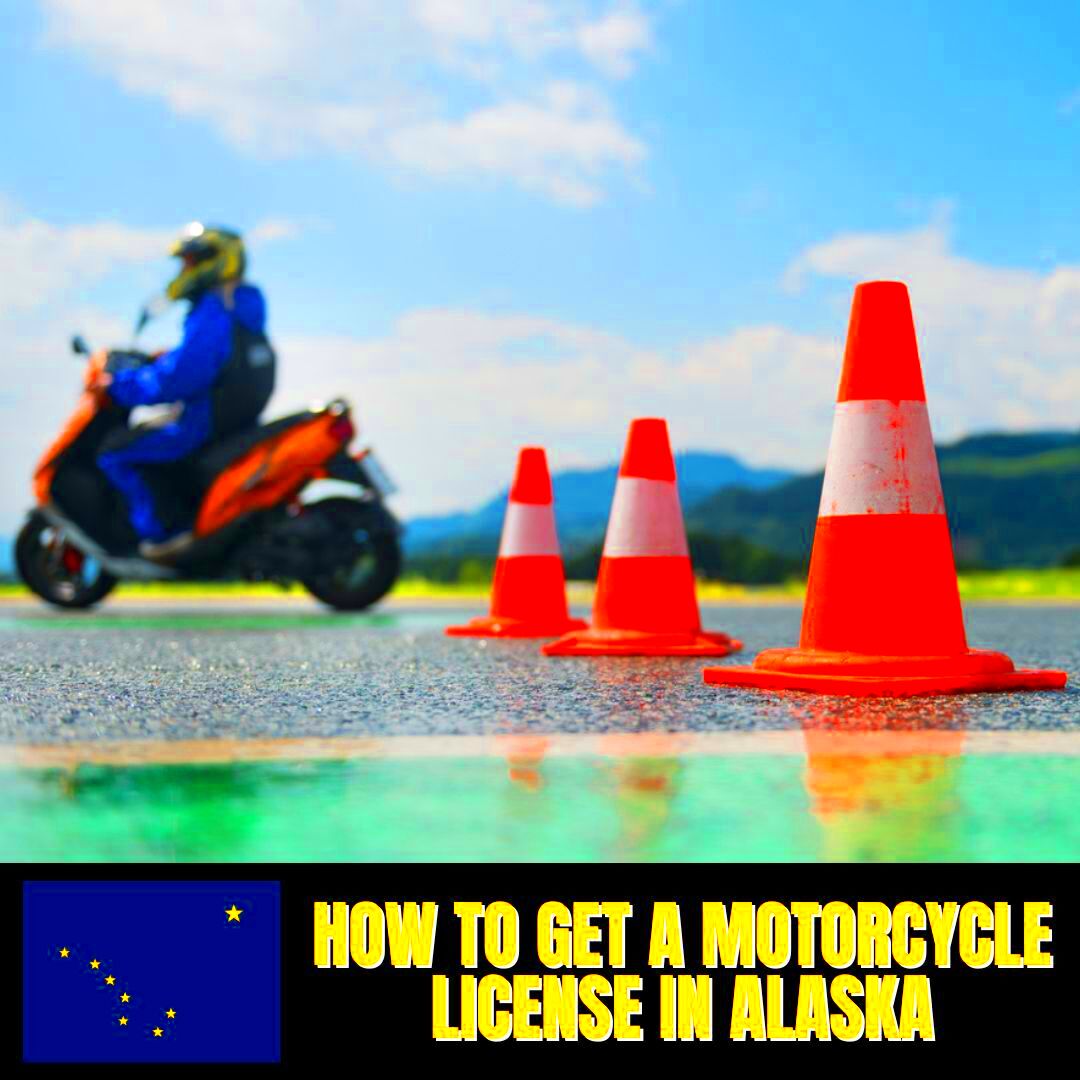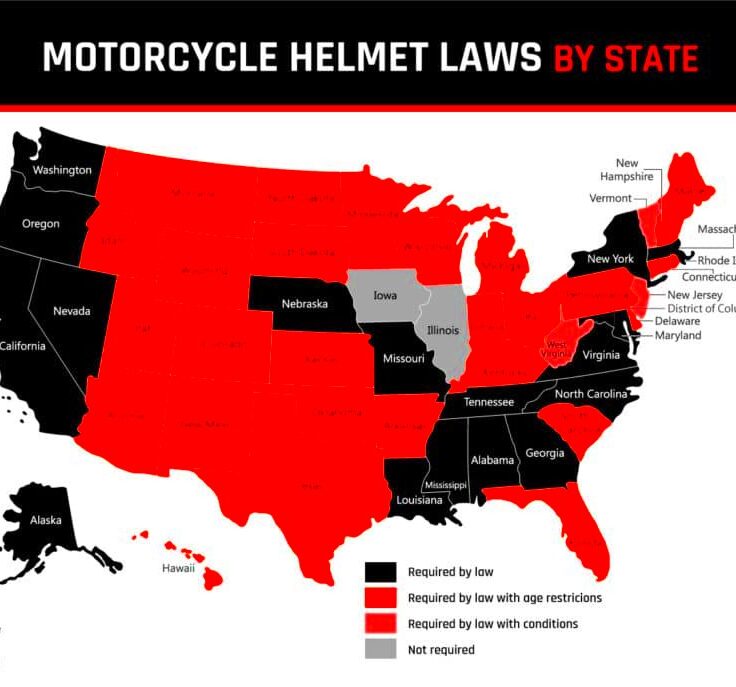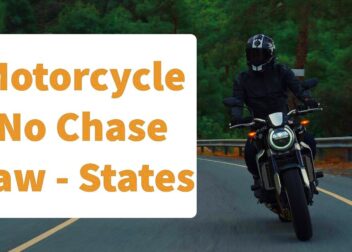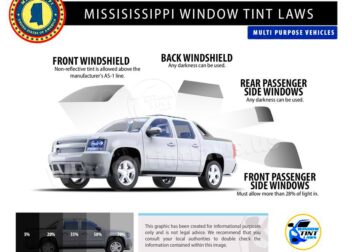Alaska Motorcycle Laws You Should Be Aware Of
Motorcycling is a popular way to explore the beautiful landscapes of Alaska. However, it’s essential for riders to understand the specific laws that govern motorcycle use in the state. From licensing to safety gear, these laws are designed to protect both riders and other road users. In this post, we’ll cover key motorcycle laws in Alaska, helping you stay informed and safe while enjoying your ride.
Licensing Requirements for Motorcycle Riders

To legally operate a motorcycle in Alaska, riders must meet certain licensing requirements. Here’s a quick overview of what you need:
- Age Requirement: Riders must be at least 16 years old.
- Motorcycle Endorsement: You need a motorcycle endorsement on your driver’s license. This requires passing a written test and a road skills test.
- Training Course: Taking a Motorcycle Safety Foundation (MSF) course can help you obtain your endorsement more easily. Plus, it’s a great way to improve your riding skills.
It’s crucial to keep your license updated and ensure you carry it while riding. Riding without the proper endorsement can lead to fines and other legal consequences.
Helmet Laws in Alaska
In Alaska, helmet laws aim to enhance rider safety. Here’s what you need to know:
- Age Requirement: All riders under 18 years old must wear a helmet while riding.
- Helmet Standards: Helmets must meet the standards set by the Department of Transportation (DOT). Look for the DOT label when purchasing a helmet.
- Optional for Adults: Riders over 18 are not legally required to wear a helmet, but it’s highly recommended for safety reasons.
Wearing a helmet can significantly reduce the risk of head injuries in case of an accident. Always prioritize safety, regardless of age!
Motorcycle Insurance Requirements
When riding a motorcycle in Alaska, having the right insurance coverage is crucial. Not only is it a legal requirement, but it also protects you financially in case of accidents. Let’s break down what you need to know about motorcycle insurance in Alaska.
- Liability Insurance: Alaska law requires all motorcycle riders to carry liability insurance. This covers damages to others if you’re at fault in an accident. The minimum coverage limits are:
- $50,000 for bodily injury per person
- $100,000 for bodily injury per accident
- $25,000 for property damage
- Additional Coverage: While liability insurance is mandatory, consider additional coverage options for better protection:
- Collision Coverage: Helps pay for damages to your motorcycle in case of an accident.
- Comprehensive Coverage: Covers non-collision incidents, such as theft or vandalism.
- Uninsured/Underinsured Motorist Coverage: Protects you if you’re in an accident with a driver who doesn’t have adequate insurance.
Always shop around for insurance quotes and understand your policy before hitting the road. It’s not just about being legal; it’s about being protected.
Traffic Rules Specific to Motorcycles
Motorcycles are treated differently under Alaska traffic laws. Understanding these specific rules can help you ride safely and avoid fines. Here are the key traffic rules you should know:
- Lane Splitting: Lane splitting, or riding between lanes of slow-moving traffic, is illegal in Alaska. Stick to your lane to ensure safety.
- Riding Position: Always keep both hands on the handlebars and both feet on the footpegs while riding. This helps maintain control.
- Signals: Use turn signals and hand signals when changing lanes or making turns. Always signal your intentions to other drivers.
- Headlights: Motorcycles must use headlights at all times, day or night. This enhances visibility and safety on the road.
Following these rules will help keep you safe and minimize the chances of accidents. Always stay alert and aware of your surroundings while riding.
Pillions and Passengers Regulations
If you plan to take a passenger on your motorcycle, there are specific regulations you need to follow to ensure everyone’s safety. Here’s what you should keep in mind:
- Passenger Age: In Alaska, there is no specific age requirement for passengers, but it’s crucial that they can comfortably reach the footpegs.
- Safety Gear: Just like the rider, passengers should also wear appropriate safety gear, including a helmet, gloves, and protective clothing.
- Seat Requirements: Your motorcycle must be designed to carry a passenger. Ensure that the seat and footpegs are suitable for an additional rider.
- Communication: Before you ride, communicate with your passenger about their role in maintaining balance and how to hold on safely.
By following these regulations, you ensure a safer ride for both you and your passenger. Always prioritize safety to enjoy your journey together.
Motorcycle Equipment and Safety Standards
Ensuring your motorcycle meets the required equipment and safety standards is vital for your safety and compliance with Alaska laws. Here’s a rundown of the essential equipment every motorcycle should have:
- Brakes: Your motorcycle must have working front and rear brakes. Regularly check their functionality to ensure safe stopping.
- Lights: All motorcycles must be equipped with headlights, taillights, and turn signals. These lights enhance visibility and safety, especially in low-light conditions.
- Mirrors: At least one rearview mirror is required, but having two is recommended for better visibility of approaching traffic.
- Tires: Check your tires regularly for proper tread depth and air pressure. Worn-out tires can significantly affect your control and safety on the road.
- Horn: A functional horn is essential to alert other drivers of your presence. Make sure it’s loud enough to be heard in traffic.
In addition to these requirements, it’s a good idea to carry safety gear such as a DOT-approved helmet, gloves, and protective clothing. Adhering to these standards will help you enjoy a safer riding experience.
Legal Consequences of Violating Motorcycle Laws
Understanding the legal consequences of violating motorcycle laws in Alaska is crucial for every rider. Ignoring these laws can lead to severe penalties. Here’s what you might face:
- Fines: The penalties for violations can vary. For example, riding without a proper license or endorsement can lead to fines ranging from $100 to $500, depending on the severity of the offense.
- Points on License: Violations can also result in points being added to your driving record. Accumulating too many points may lead to increased insurance premiums or even license suspension.
- Legal Liability: If you cause an accident while violating laws, you could be held legally liable for damages, which could lead to costly lawsuits.
- Increased Insurance Rates: Violating motorcycle laws can lead to higher insurance premiums, as insurers view these violations as a higher risk.
Always stay informed about motorcycle laws to avoid these consequences and ensure a safe riding experience.
Frequently Asked Questions
Here are some common questions about motorcycle laws in Alaska, along with clear answers:
- Do I need a motorcycle endorsement to ride in Alaska?
Yes, you need a motorcycle endorsement on your driver’s license to legally operate a motorcycle in Alaska. - What happens if I get caught riding without a helmet?
Riders under 18 must wear helmets. If you’re caught without one, you could face fines. - Is lane splitting allowed in Alaska?
No, lane splitting is illegal in Alaska. Always stay in your lane while riding. - Can I carry a passenger on my motorcycle?
Yes, but ensure your motorcycle is designed for a passenger, and both of you should wear appropriate safety gear. - What insurance coverage is required for motorcycles?
Liability insurance is mandatory in Alaska, covering bodily injury and property damage. Additional coverage options are recommended for better protection.
If you have more questions, don’t hesitate to reach out to local authorities or motorcycle safety organizations for guidance!
Conclusion on Alaska Motorcycle Laws
Understanding and adhering to Alaska motorcycle laws is crucial for your safety and the safety of others on the road. From licensing and insurance requirements to helmet regulations and safety standards, being informed helps you avoid legal consequences and enhances your riding experience. Always stay updated on the latest laws and best practices, prioritize safety by wearing the right gear, and maintain your motorcycle to ensure it meets all legal standards. By doing so, you can enjoy the beautiful Alaskan landscapes with peace of mind, knowing you’re riding responsibly and legally.


